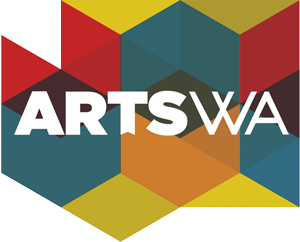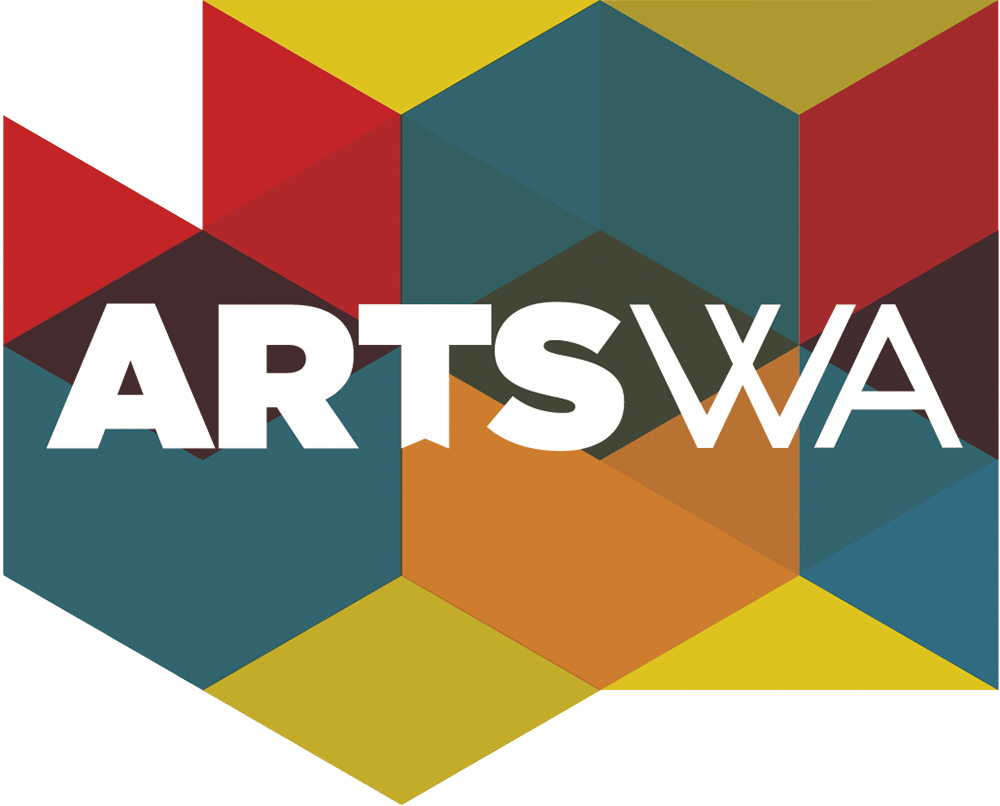
The Center for Washington Cultural Traditions announced its 2022 Heritage Arts Apprenticeship pairs. Each of the sixteen pairs will focus on a unique cultural tradition, ranging from Taiko drumming to Yakama nation cradleboard making.
The skilled master artists will mentor their apprentice over at least 100 hours of one-on-one time throughout the program year, culminating in a free cultural event for the public. Now entering its fifth year, over 100 people have participated in the program.
“Because these practices are often learned informally in a one-on-one setting, they are at risk of lost,” said Langston Collin Wilkins, director of the Center for Washington Cultural Traditions. “This program helps ensure not only that a new generation of folk and traditional artists preserve their crafts, but they also gain ways to connect to their history and community.”
The Center for Washington Cultural Traditions is managed through a partnership between ArtsWA and Humanities Washington. The Heritage Arts Apprenticeship program is one of the Center’s most celebrated activities.
“Washington is home to an extraordinary diversity of cultural practices,” said Karen Hanan, Executive Director of ArtsWA. “The work done by the Heritage Arts Apprenticeship Program is about far more than preservation – it fosters intergenerational relationships and cultivates community pride. When programs like this can thrive, our entire state is stronger and healthier.”
Thomas Richardson, the incoming Director of the Center for Washington Cultural Traditions, agreed: “The great thing about the HAAP program is that it gives support to artistic traditions that otherwise might not have any support,” he said. “These are arts that don’t have the same infrastructure to keep them going as other art forms, so we’re trying to offer some support and to recognize their value in communities around the state.”
The 2022-2023 Apprenticeships
Master: Srivani Jade, Kirkland
Apprentice: Suchitra Iyer, Sammamish
Tradition: Abhangs: Marathi Songs of Devotion
Abhangs are a form of worship music from Maharashtra in Western India that date back to the 17th century. They are often exuberant expressions of community experience. The master artist will teach a collection of 20 such songs, including those written by lesser-known female poets.
Master: Jim Baugh, Ellensburg
Apprentice: Klairyssa Aronica, Ellensburg
Tradition: American Native Shell and Stone Arts
This apprenticeship will focus tools and jewelry made of stone and shell—among the oldest arts in the Americas—drawing on the connection between nature and the native peoples of the Americas.
Master: Devika Gates, Mead
Apprentice: Naya Gates, Mead
Tradition: Bharatanatyam Kalakshetra Dance
Bharatanatyam, sometimes known as the “dance of India,” is a dance style used to relay historically significant stories from generation to generation. This dance forms creates a connection to Indian culture for those who no longer live in India and don’t have access to a large Indian community.
Master: Janice Anne Whitefoot, Harrah
Apprentice: Alexandria Whitefoot, Harrah
Tradition: Plateau/Yakama Cradleboards
The Yakama Tribe has traditionally used cradleboards to safely carry their babies. The cradleboard’s snugness imitates the way babies feel within their mother’s wombs, fostering a sense of security. While there are several styles of Native American cradleboards, this apprenticeship focuses on the style of the Yakama Nation.
Pedro Meza Madera, Master, Zillah
Pedro Jr. Meza Avila, Apprentice, Seattle
Tradition: Los Matachines
Los matachines is the term for both a traditional religious dance and those who participate in it. This apprenticeship aims to build awareness of history—including social constructs of settler colonialism—while re-rooting traditional medicine and mental health.
Master: Anwesha Das, Bothell
Apprentice: Nidhi Achanta, Newcastle
Tradition: Bharatanatyam
Bharatanatyam is an ancient Indian classical dance style rooted in Natya Shastra, the first-ever literature on dance and drama, which dates from between 500-200 BCE. The hallmark of this dance form lies in the beautiful confluence of rhythmic footwork, graceful lines, stylized facial expressions, and its soulful music. Together, these elements form an emotional connection between the artist and audience, who share a spiritual experience.
Master: Ringtaro Tateishi, Lynnwood
Apprentice: Eugene Arai, Anacortes
Tradition: Japanese Taiko Drumming
Taiko drumming dates to the 6th century, where it was introduced to Japan through Chinese and Korean cultural influences. Since then, Taiko drumming has been used in Japan for various occasions, including religious ceremonies, entertainment, and military actions. The current popular form of “kumi-daiko,” or ensemble taiko, started taking shape in 1951 by Master Taiko drummer Daihachi Oguchi and was made popular by groups like Ondekoza and Kodo.
Anita “Lady A” White, Master, Seattle
Patricia Miller, Apprentice, Seattle
Tradition: Blues, Soul and Gospel Singing
Singing and music is a vital part of Black culture. They are powerful tools that bring communities together for storytelling, celebrating, mourning, healing, and more. By mastering a wide variety of vocal techniques, this apprenticeship will pass down the historical significance and cultural heritage of this music to another generation.
Master: Sandhya Kandadai Rajagopal, Sammamish
Apprentice: Vibha Krishna, Sammamish
Tradition: Nattuvangam Techniques
Used in Indian classical dance recitals, Nattuvangam is the art of reciting syllables and playing cymbals to follow the footwork of a dancer. The cymbal on the right hand is made of brass material and makes the treble sound, while the one held in the left hand is made of iron and makes the bass sound.
Master: Marja Eloheimo, Olympia
Apprentice: Elena Haas, Seattle
Tradition: Natural Color and Dyeing
This apprenticeship focuses on revitalizing traditions of creating color from natural sources in a contemporary context. The pair will explore universals and methods of natural dyeing, including accessing local sources of color, and connecting these to heritage dye traditions with a focus on Cherokee (Elena) and Indigenous Sámi/Finnish (Marja) traditions.
Master: Lora Lea Misterly, Rice
Apprentice: Amber Coeyman, Rice
Tradition: Old World Techniques for Preserving the Harvest
This apprenticeship explores traditional old-world methods for preserving high-acid foods to create products such as jams & sauces, pickles, and lacto-fermentations. Focused primarily on water-bath and pressure cooker canning methods, the pair will create old fashioned natural pectin jams, sauces, and a variety of other preserves.
Master: Deepti Agrawal, Bothell
Apprentice: Prisha Mundra, Bothell
Tradition: Madhubani/Mithila Painting
For centuries, women in the heart of an ancient kingdom of Mithila, now part of the state of Bihar in India, painted vibrant wall murals. These murals contained narratives based on their social, emotional, personal, and spiritual experiences. These artworks became known as Madhubani paintings or Mithila paintings, and decorated the walls of almost every home in the region.
Master: Megan McDermott, Mukilteo
Apprentice: Marina McDermott, Everett
Tradition: Bead Weaving and Applique
Focusing mainly on beadwork design, this apprenticeship explores the fundamentals within bead weaving and various stitches, through advanced techniques like design, types of supplies, and how to express a narrative through beadwork.
Master: Matteo Cortez, Wenatchee
Apprentices: Oscar Licon, Miranda Rivera, Martina Ramirez, Emilie Jimenez, Raul Mendoza, Kevin Garibay, Wenatchee
Tradition: Mariachi Music
Mariachi is a traditional form of Mexican folk music that plays a huge part in celebrating moments in the lives of Mexican people. This apprenticeship will shed light on this vibrant musical form and bring it to Central Washington communities.
Master: Thione Diop, Seattle
Apprentice: Monique Franklin, Seattle
Tradition: West African Drumming
Drumming is a traditional art form ingrained in daily life throughout Africa and the African diaspora, transmitting and preserving the rich history and traditions of African culture. This project focuses on traditional West African drumming with sabar (hand-and-stick), djembe (hand-drum), and djun-djun (big-barrel bass).
Master: Obejsanjo (Obe) Quarless, Tacoma
Apprentices: Clarence (Mitch) Mitchell, Jr. and Tashie LeMaitre
Tradition: Trinidadian Steel Pan
This apprenticeship focuses on the native performance practice of the steel pan instrument from Trinidad & Tobago. Special consideration will be given to performance technique, and the musical and rhythmic idioms most closely associated with the steel pan instrument and its related musical genres of Trinidad and Tobago: calypso and soca.

